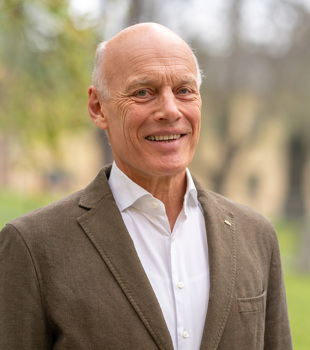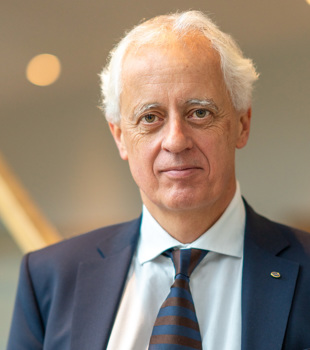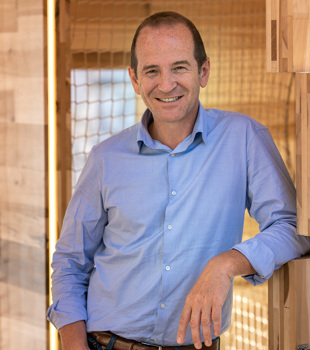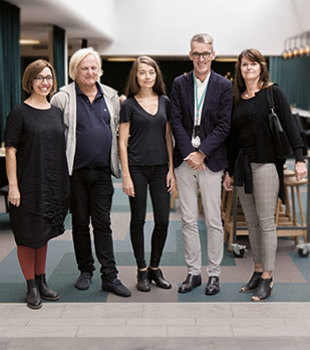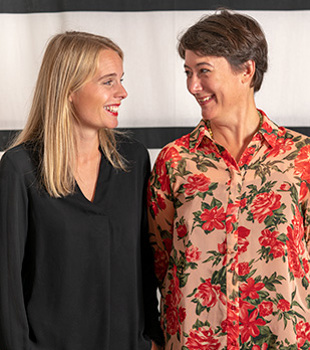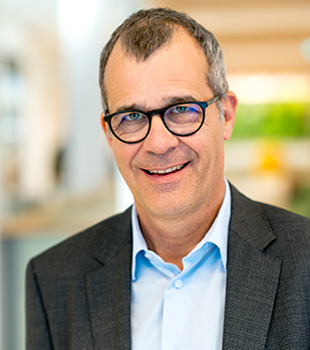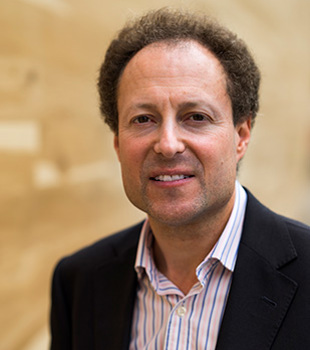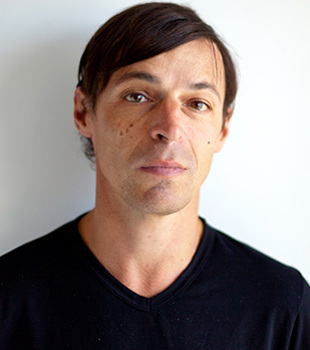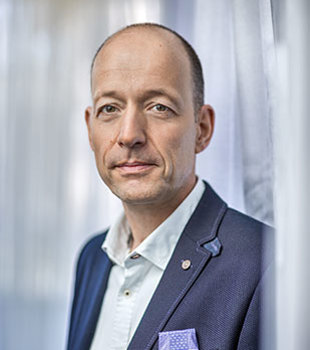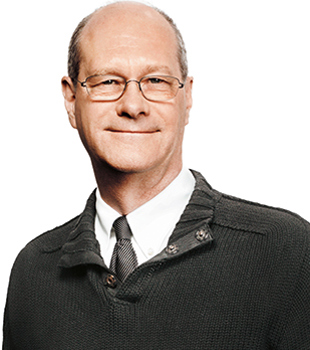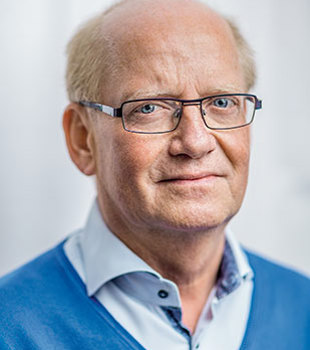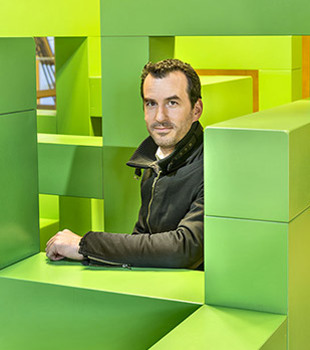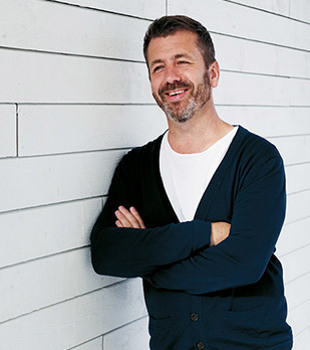You are a forest owner. How does this inform your view of wood construction?
It’s exciting. I can now see that you can produce more forest depending on how you manage it, which provides a platform for developing a fossil free society. I’ve noted that most people are positive about increasing wood construction. But there is also a conflict between the management perspective and the preservation perspective, which says that you shouldn’t exploit the forests. Based on my personal experience and knowledge of the serious work that goes on in forestry, I believe we can increase production while simultaneously promoting biodiversity.
What is your view on the development of wood construction?
A wood construction programme began around the turn of the millennium, with a certain amount of political support, in order to somehow reset the balance, after concrete had had things all its own way for a century or so. It was important for competition and not least because the construction sector wasn’t, and still isn’t, very efficient, which makes it so important to industrialise the building process. The programme led to the formation of clusters that still remain active today, including Träcentrum Norr in Skellefteå and CBBT in Växjö. Universities, colleges, businesses, and to some extent also regions or municipalities, all took part. These clusters are unique in Europe.
At around the same time, two initiatives were started at European level. The Confederation of European Wood Working Industries (Cei-Bois) launched Roadmap 2010, with the aim of increasing the use of wood, an initiative that continues to this day. This addressed all the technical areas: fire, statics, sound and moisture, but also health, which has been extremely significant and helped to promote the growth of the glulam and CLT industry.
A European joint venture was also set up to expand the market beyond Europe. We have helped to establish a basic standard for building in wood in the world’s biggest construction market. In 2015, the field received a further boost when the Chinese authorities decided to raise the proportion of wood construction for climate reasons and, in parallel, to increase the industrialisation of its building processes.
Is there enough forest to build a fossil free society?
We naturally can’t meet the demands as expressed in the various roadmaps for becoming fossil free in the various sectors of society, such as construction, transport, the steel industry, and so on. We need to make our industrial processes much more efficient, but consumers also have to change their behaviour. We must use every type of resource in the most effective way possible. We are likely to be building houses in a completely different way 10 years from now. The wood sector needs to be proactive and embrace hybrid technologies in order to use the different materials in the most appropriate contexts.
What about Swedish Wood’s target of ‘50 percent wood construction’?
The wood construction industry has launched a ‘target’ aimed at our politicians and decision-makers, with a promise that wood construction can account for 50 percent of high-rise buildings and 30 percent of other construction by 2025 (not including low-rise housing, 90 percent of which is already built in wood). Capacity is currently being expanded. The target is based on the study ‘Industrial building in wood’1, which was published by Linköping University, in collaboration with Luleå University of Technology, in 2017. The study also showed that the target for 2025 would reduce the burden of carbon emissions by 1 million tonnes and could generate around 10,000 new jobs outside the metropolitan regions.
What is required from the politicians?
In this country, we have several initiatives that point towards a bioeconomy, but there is no clear bioeconomic strategy. There are various initiatives, including Fossil Free Sweden and a Swedish forestry programme, aimed at achieving our set climate objectives. The EU has also drawn up clear climate objectives. But we need to connect all this up and clearly establish the actions that a bio-based society requires. In Sweden, and in Europe as a whole, there is a need for construction that is affordable and accessible to broad groups of society. It is here that wood construction is at its strongest and where the demand exists.
Then we have other issues, such as boosting wood construction by resolving land issues and so on. But the main point is for politicians to be forthright on climate-related requirements and jointly set up an infrastructure for building up knowledge. Assuming that we are committed to shifting society towards a bioeconomy, with the wood engineering sector as a key player, we face a lack of academic competence even at many of the leading universities. If we are serious, we therefore need to create academic capacity for expanding knowledge, education and dissemination.
What is the future of the wood construction sector?
The industry is investing and developing, and a lot is happening right now. It is taking responsibility for the sustainable development of both the forest resource and the processing industry that refines the raw material.
Swedish Wood has a clear mandate from the industry to advance the development of wood construction, amongst other things. Digital tools are also being created to support this development. Digitalisation allows a small company, for example, to be involved in a larger, more complex business model – we can create a ‘virtual company’. This work will help the sector to continue advancing as its market advances.
1. Industriellt byggande i trä, Staffan Brege, Tomas Nord and Lars Stehn, 2017, liu.diva-portal.org/smash/get/diva2:1153498/FULLTEXT01
text David Valldeby

